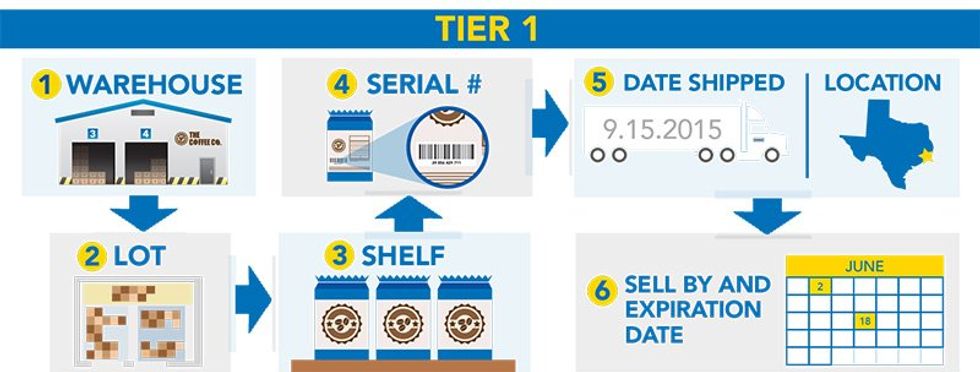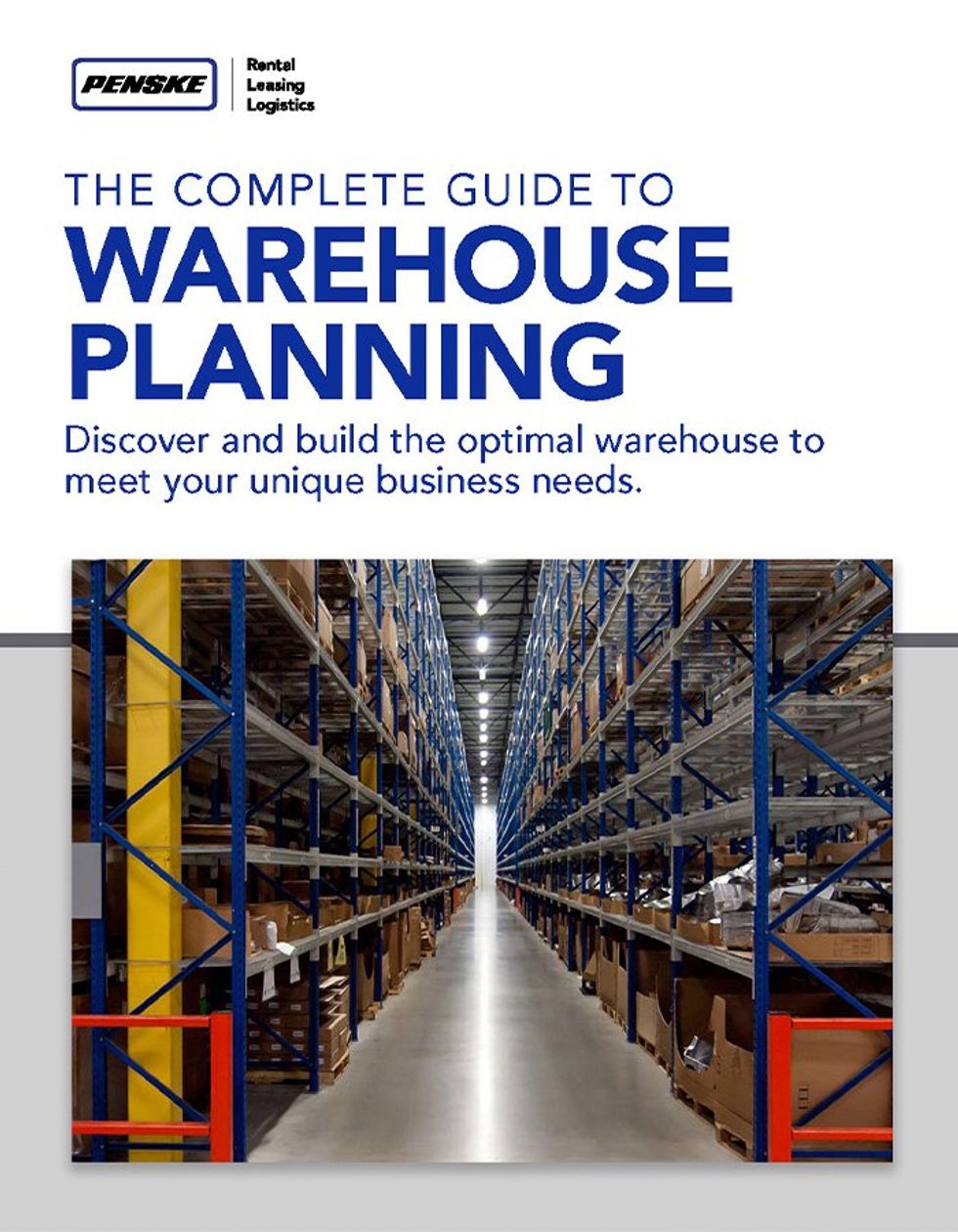Explore Cost Sharing and Reduce Expenses
In today's global economy, many manufacturers and distributors find that cost sharing can help reduce expenses for transporting, storing and distributing their products. If your company is an industrial manufacturer or distributor of specialized parts, cost sharing may help you realize substantial savings.
At Penske Logistics, we know that industry leaders can’t compromise on the quality or performance of their logistics, transportation and warehousing partners. That’s why we deliver comprehensive Third-Party Logistics (3PL) solutions, operating as a true “network of networks” that connects businesses to share costs and streamline the movement, storage and distribution of products.
Multi-Customer Warehouses
Empty warehouse space costs money. Many manufacturers and distributors seek suppliers to offset the cost of warehousing their products. In this scenario, Penske’s multi-customer warehouses are a great solution. Multiple customers can share warehouse expenses, resulting in more manageable storage costs.
When multiple customers are combined into a single warehouse space, we handle the complex business requirements of each customer individually and create a thorough checklist for each customer. Penske also keeps customer inventories separate, with each having its own row, rack or floor space. This ensures that inventories stay separated, special requirements are followed, and the inventory remains secure and ready for delivery.
Combine Freight and Save
Identifying the best freight modes, consolidating shipments, managing carriers and optimizing routes can be difficult. Penske can help you navigate all the network design options and find the most cost-effective solution for your situation.
Since suppliers often furnish or deliver products to multiple original equipment manufacturers (OEMs), combining freight can also save money. For example, Penske worked with two OEMs to combine a route in Mexico, allowing each to share space on a trailer. This resulted in significant savings for both parties.
Cost sharing can also help reduce your carbon footprint. Sharing transportation costs benefits the environment since miles and fuel costs are reduced and fewer half-full trucks are on the roads. If improved sustainability is a priority for your organization, cost-sharing opportunities could yield benefits towards your sustainability goals.
Use Technology To Manage Complexity
Navigating the manufacturing and distribution marketplace is complicated and cost sharing can add additional intricacy.
"We understand the complexity of operating in these areas, and our top priority is to get the right product in the right place at the right time, regardless of who is carrying it."
— Andy Moses, senior vice president of solutions and sales strategy, Penske Logistics
Penske’s innovative ClearChain® Technology Suite manages the complexity of cost sharing among multiple customers. This technology – coupled with Penske's vast knowledge and expertise in the logistics industry – creates warehouse and transportation cost-sharing solutions that reduce our customers overall spend while still meeting their stringent delivery demands.
Optimize Inbound and Outbound Transportation
ClearChain allows Penske to optimize transportation networks as well. This benefits suppliers who deliver to OEMs even if their transportation networks include dedicated fleets or outside carriers.
We know it’s important to work with a 3PL provider that can help manage rising transportation costs and identify opportunities where savings can be found. Penske has over $7 billion in managed freight and operates a dedicated fleet that allows Penske to match excess capacity with customer needs and lower costs.
Our warehouse management system (WMS) and transportation management system (TMS) are integrated within ClearChain. Through data sharing between the two systems, potential cost-sharing opportunities can be found. The systems communicate with one another, allowing supply chain partners to maximize productivity, gain greater visibility and improve the movement of goods.
For example, actual shipment information is shared, and precise shipment tracking is created. From an inbound perspective, all parties know what and when deliveries will arrive even when resources are shared. “We are seeing more customers open to comingled freight arrangements that benefit both parties with lower prices,” Moses said.
Stay Competitive With Penske
To stay competitive in today’s environment, it’s imperative to work with the right logistics provider that meets your company’s objectives. Manufacturers and distributors who are looking for opportunities to share warehouse and transportation services can realize cost savings and encounter less complexity when they utilize Penske’s 3PL services.
Ready to explore saving solutions through cost sharing? Contact Us.


